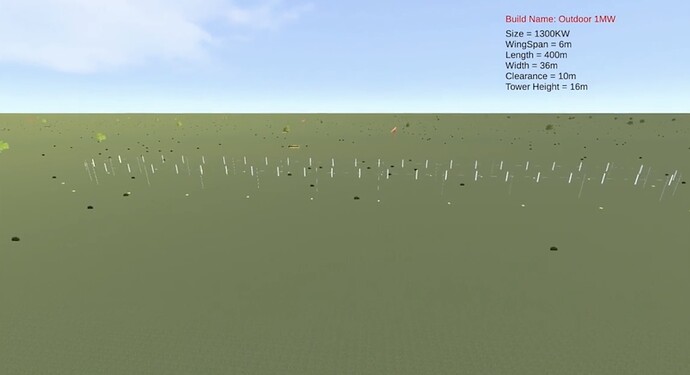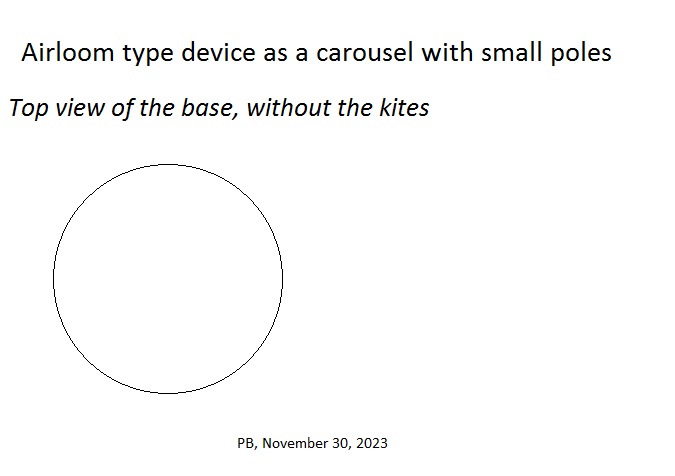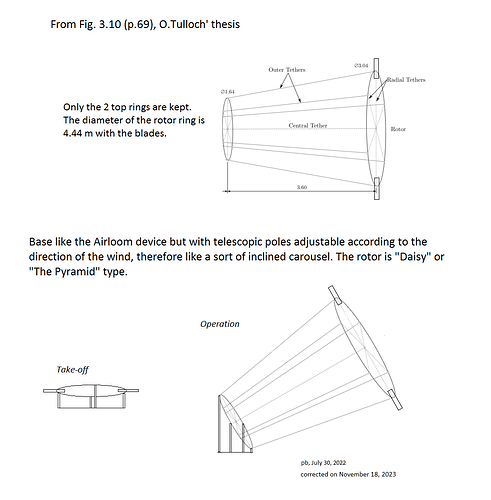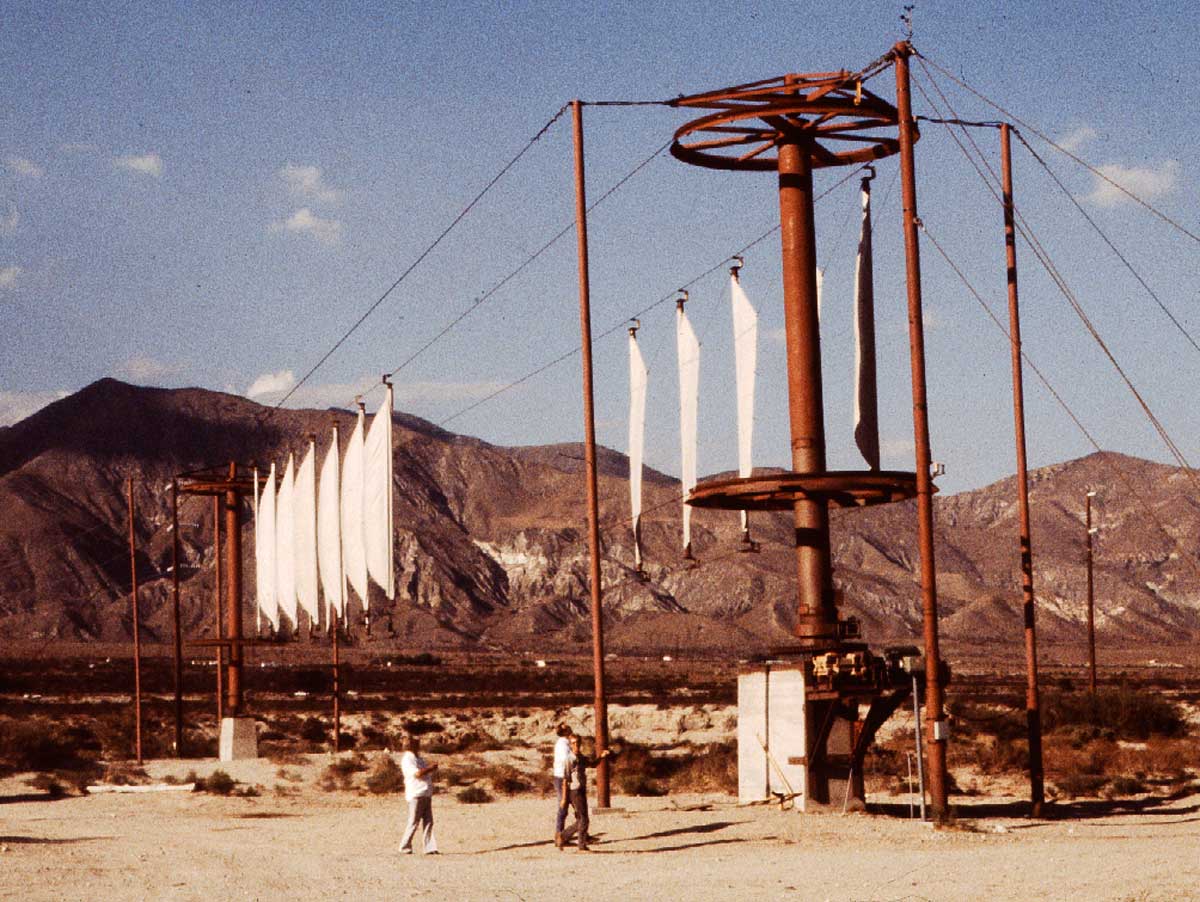Hi Doug,
An extract of Mike Barnard’s article on AirLoom:
Finally, wind turbine blades always operate in clean air ahead of the mast. They are getting the smoothest possible wind at the highest possible velocities, which is why they having been getting taller, not shorter, for decades. The blades are always strongly aligned to the direction the wind is coming from because the nacelle yaws into the wind.
AirLoom’s blades forego every single one of those advantages. The blades in the front of the device are close to the ground, so there’s more turbulence. They are behind the track and posts, so there’s more turbulence. They can’t pivot into the wind because the posts are fixed to the ground, so only a fraction of the blades in any device are well aligned to the wind. The blades on the downwind side of the loop are flying through dirty air from the blades in the front of the loop. And the friction from the cable running on the inside of the track will suck a bunch of the energy that remains.
AirLoom is such a terrible idea that no one should have reported on it except in dismay that such a bad idea even made it into a tiny prototype. But Gates put $4 million into it, so all of a sudden it’s a press darling.
I was unsurprised to find that the ‘inventor’ of this device had two things in common with failed wind energy innovators I’ve looked at in the past. The first was that he has no background in energy, electricity generation or wind energy, and has no STEM background. He’s an MBA who worked in finance.
One of my business model red flags questions is: Do the principals in the firm have any related qualifications? in this case, zero, nada, zip, bupkiss. Apparently Gates and co think that’s unnecessary.
And the principal is also a kite surfer, a sport I’ve enjoyed which is the source of countless failed wind generation technologies. I like kite surfers on the water and love playing with parafoils, including paragliding the southern cliffs of Bali a few times, but there’s something about a lot of kite surfers that make them think that recreation turns into generation without passing the slightest of sanity checks or knowing anything about electrical generation or the grid.
I guess you know what he’s referring to about “kite surfer” as a source of “countless failed wind generation technologies”.
The facts have not proven him wrong so far.
But research into new technologies to exploit new resources (here high altitude wind energy) advances without worrying about the state of art, and sometimes succeeds.
An example that could contradict his incremental logic (particularly about AWE): an airplane is not an improved train. And if AWES succeed, they probably would not be improved HAWTs.





